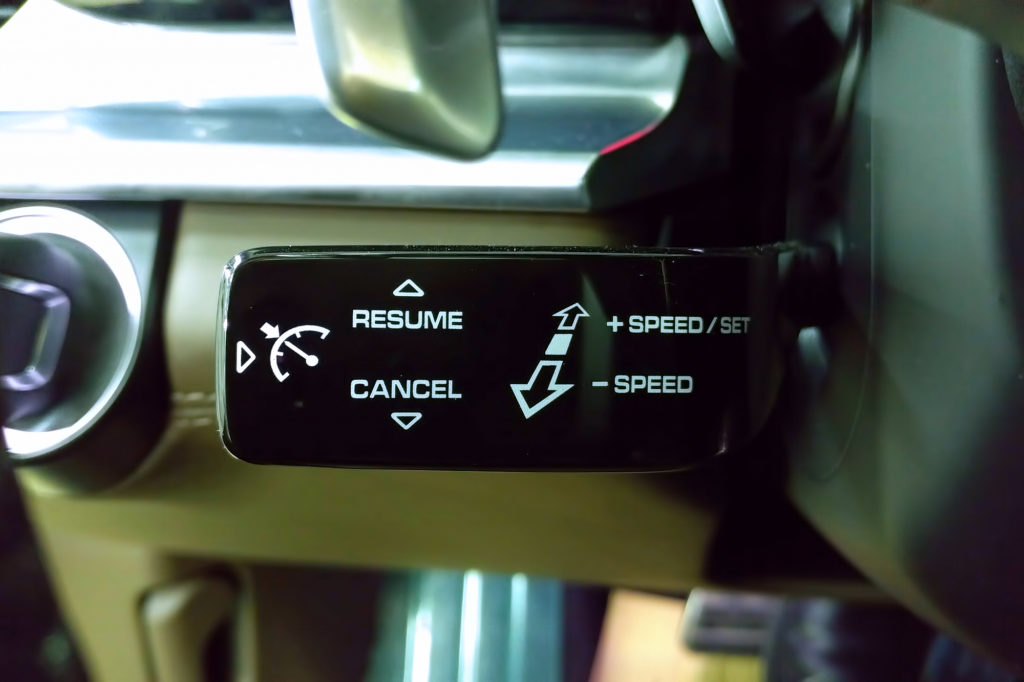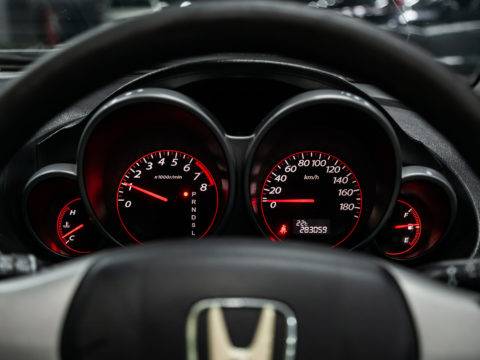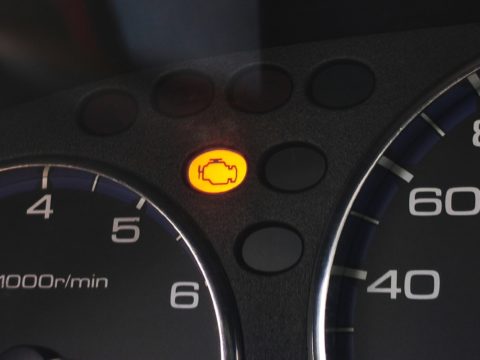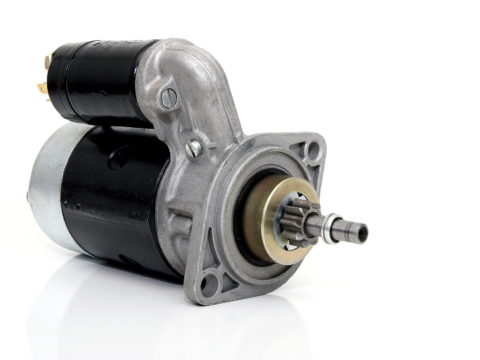Adaptive cruise control, also known as ACC, has grown increasingly prevalent. While technologies like ACC might make us fantasize about a future with self-driving cars, such a future is still a long way off. A technology like ACC is designed to improve the safety of daily cars.

Contents
What Does ACC Mean In A Car?
Adaptive cruise control (ACC) is a feature that assists cars in maintaining a safe following distance and adhering to the speed limit.
The system automatically changes the vehicle’s speed, removing the need for drivers to do so.
ACC is enabled by sensory technology placed in cars, such as cameras, lasers, and radar equipment, providing information on the proximity of one vehicle to another or to other objects on the highway. ACC mode serves as the foundation for future car intelligence.
These sensory technologies enable the vehicle to recognize and alert the driver of impending crashes. When this happens, red lights flash, and the message ‘brake immediately!’ shows on the dashboard to assist the driver in slowing down. Additionally, there may be an audio system warning.
Adaptive Cruise Control Symbol
When ACC mode is on, a vehicle is added to the standard cruise control sign on the speedometer, as well as an arrow indicating that the cruise control is engaged and responds to the vehicle ahead of you.
The indicator remains orange when the ACC computer identifies an issue in certain cars’ ACC system, and it does not turn off until the problem is resolved.
Additionally, the ACC symbol system adds an exclamation point to the ACC sign to indicate a cruise control system defect. This means that the active cruise control system is malfunctioning.
How Does Adaptive Cruise Control Work?
Adaptive cruise control ensures a safe and enjoyable driving experience by monitoring other cars on the road. It does this by assisting the driver in maintaining a steady vehicle speed at all times. Drivers may control the speed as well as the following distance (or time interval) between their vehicle and the vehicle ahead of them.
How To Put Car In ACC Mode
Cars can access the accessory mode in several ways, depending on the brand and model of the vehicle.
Step 1
Turn the car’s ignition clockwise to the ACC position to activate the ACC mode.
Step 2
If the car has a CVT and the Engine START/STOP button is turned off, pressing the Engine START/STOP button once without pressing the brake pedal will change the Power mode from OFF to Accessory Mode.
Step 3
If the Engine START/STOP button is turned on, pressing it once while the shift lever is not in Park changes the power mode to Accessory Mode.
Step 4
Shift the gear lever to Parking to switch from Accessory Mode to Vehicle Off.

How To Turn Off Adaptive Cruise Control
Depending on the car model, here is one way to turn off ACC mode.
- On the steering wheel, press the Cancel button.
- Then, on the steering wheel, press the Main button.
- Use your foot to tap or step on the brake pedal.
Please note that applying the brake pedal will not switch off Adaptive Cruise Control if your ACC system is equipped with Low-Speed Follow and your vehicle has come to a complete stop.
ON/OFF Button
You can deactivate ACC mode using the car ignition switch or the appropriate ON/OFF button on your vehicle. Check the user manual for further advice.
Advantages Of Adaptive Cruise Control
Improved Driving Comfort
Because of its spatial awareness, ACC will aid in maximizing traffic flow. Instead of worrying about your speed, you could concentrate on what’s going on around you.
Avoids Speeding
ACC can maintain a steady speed within the legal limit for your vehicle. This is particularly useful on road trips, when the open road and other distractions may drive you to push harder on the throttle pedal.
Good Fuel Economy
Driving style is one of the most critical elements determining fuel economy. Changing speeds often uses more fuel, and ACC will use the accelerator and braking systems only when necessary.
Very Convenient
Adaptive cruise control allows drivers to relax and depend on their car for some time when driving a long distance without taking their eyes off the road. ACC may also make your regular commute much less stressful if you have Traffic Jam Assist.
Disadvantages Of ACC
Not Good for Tired Drivers
Cruise control will be ineffective if you are tired behind the wheel. Since you won’t have to make much effort as a driver, it will be easy for you to fall asleep behind the wheel, resulting in a traffic collision.
Can Be Harder to Quickly Slow Down
As long as you have the cruise control on, you can’t slow down fast enough to make a quick turn. It’s also more challenging to avoid colliding with other cars on the road.
Less Traction
When driving in snowy, rainy, or icy conditions, cruise control may cause your tires to lose grip on the road. If the road conditions remain poor, your vehicle may skid or slide.
Does ACC Mode Kill Your Car Battery?
Will using ACC drain your car battery power? Not unless you turn on multiple electrical accessories. For example, the car audio system, lights, and other car accessories, when not driving.
Does ACC Mode Use Gas?
Yes, your car will still use gas when traveling with ACC mode activated. However, it can help improve efficiency meaning you may not have to top up as often.
What Cars Have Adaptive Cruise Control In 2022?
The Mazda 3, Honda Accord, and BMW 3-Series are among the top new vehicles with adaptive cruise control in 2022.
How Much Does It Cost To Install ACC In A Car?
If you want an ACC with an ignition switch and all the offered functions, you could expect to spend approximately $2500. If you’re searching for a more basic cruise control system that works at speeds of up to 20-25 miles per hour, they are less expensive and start at $500.














